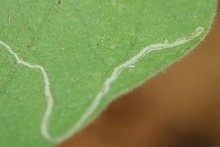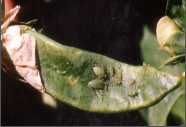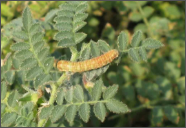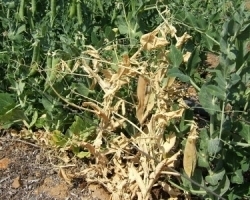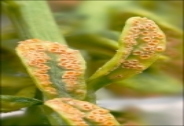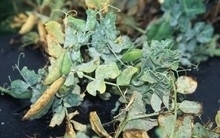Arkel: Dwarf, Early maturing variety with long, dark green pods. Gives yield of 16-18qtl/acre.
Bonneville: Medium duration with sweet grains pods. Gives average yield of 36qtl/acre.
Aparna: High yielding, dwarf variety. It is resistant to Powdery mildew and wilt disease.
Asauji: Early maturing variety, developed at IARI.
Alaska: Early maturing variety with dark green colored grains.
Other state varieties:
Pant Uphar: Gives average yield of 40qtl/acre.
Arka Garima: Hybrid. Bushy plant with round, thick pods. Tolerant to drought conditions. Ready to harvest in 45 to 50days. Gives average yield of 80-100qtl/acre.
Multi Freezer: Late maturing variety with sweet, tender pods. It is tolerant to frost. Gives average yield of 25qtl/acre.
Azad P-I: Dwarf variety with wrinkle grains. Gives average yield of 16qtl/acre.
Early E-6: Developed by Punjab Agricultural University. Gives average yield of 40qtl/acre.
Kashi Nandini: Released by Indian institute of vegetable research, Varanasi. Pods are long. Variety is tolerant to leaf miner and pod borer. It gives yield of 32-40qtl/acre.
Kashi Uday: Early maturing variety, Released by Indian institute of vegetable research, Varanasi.





